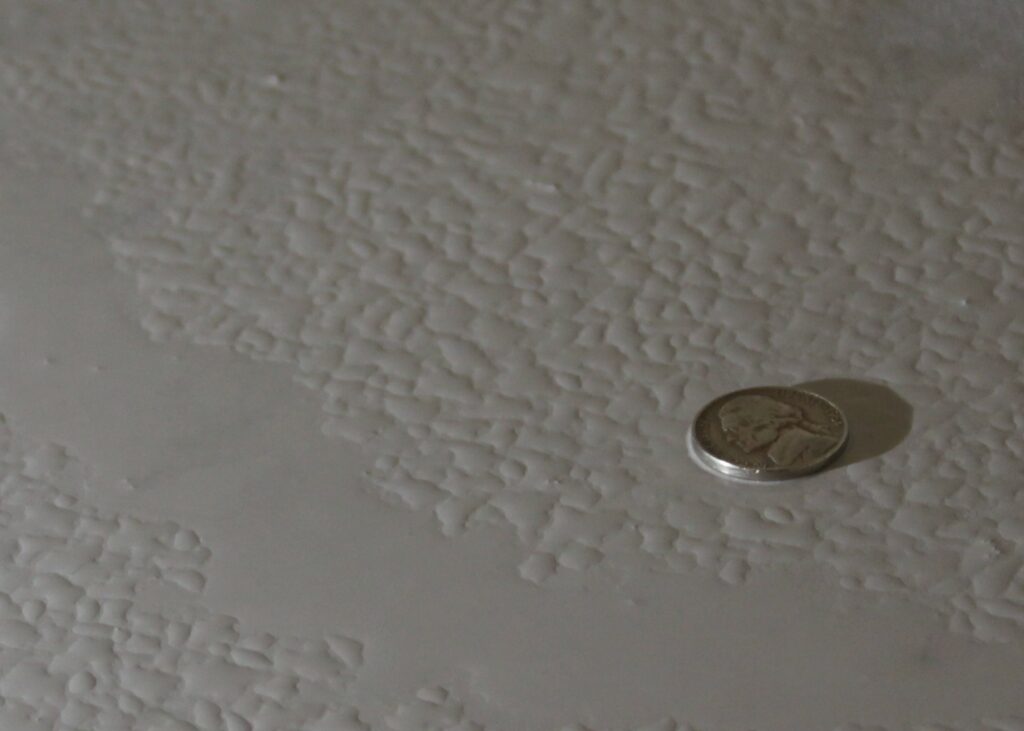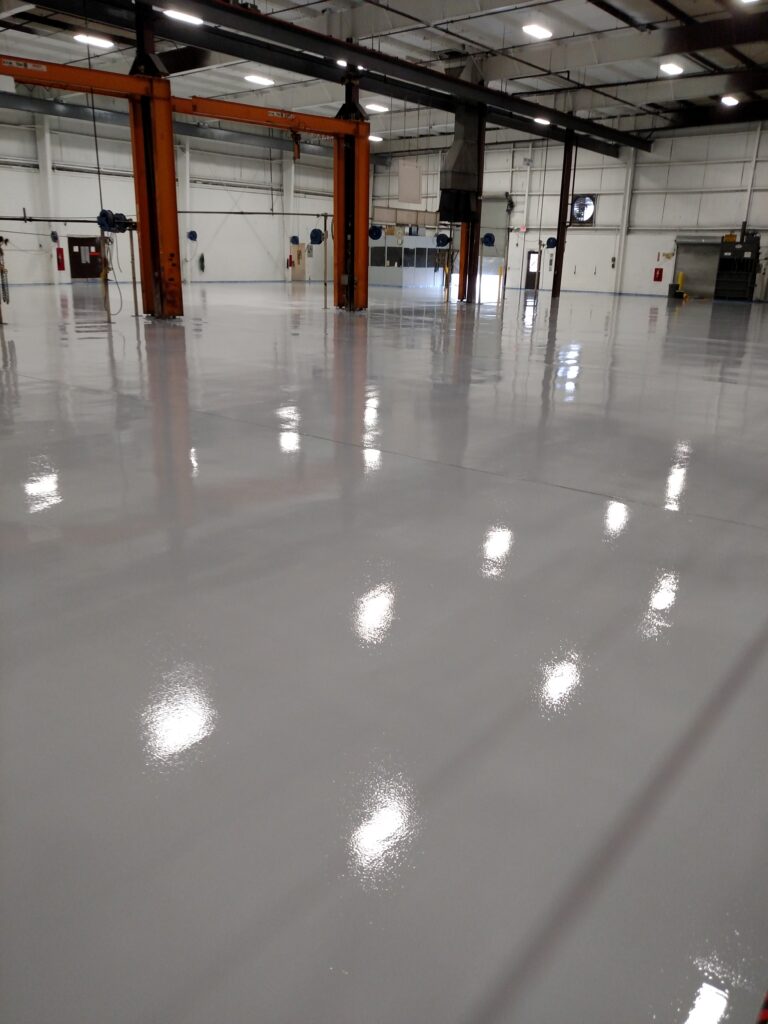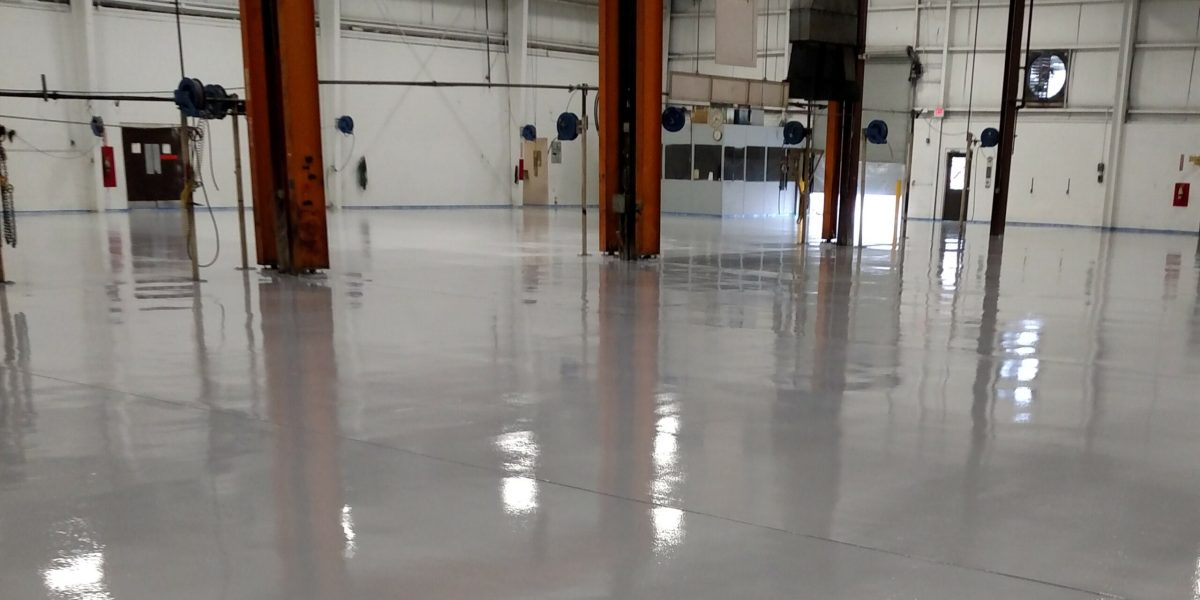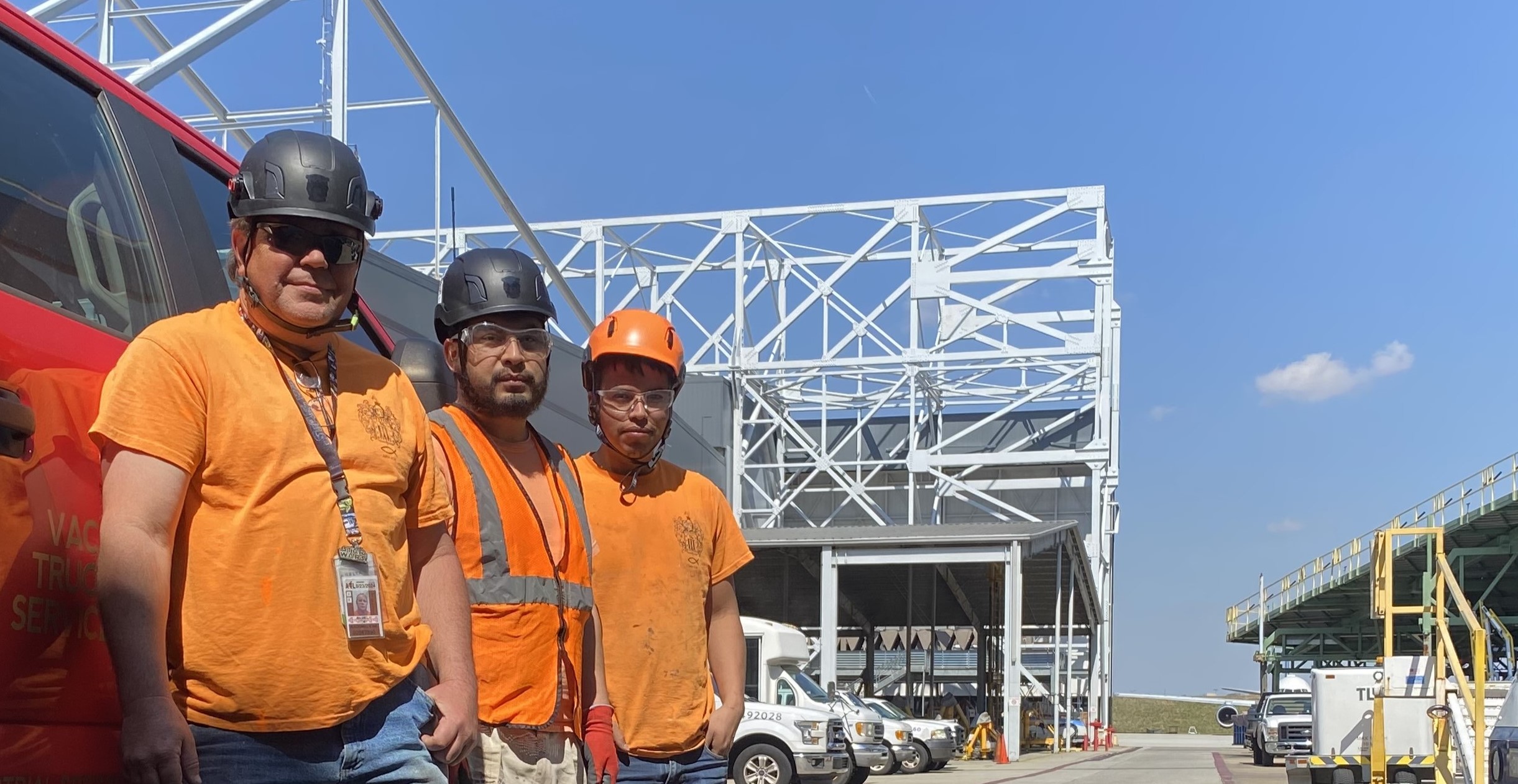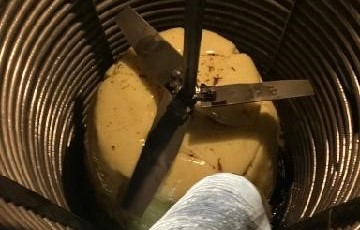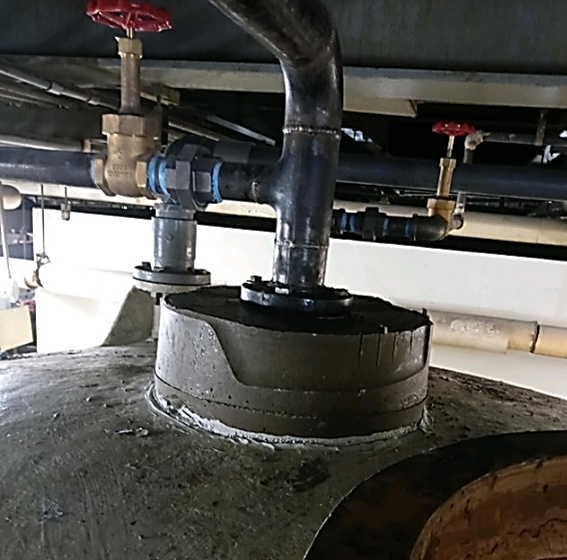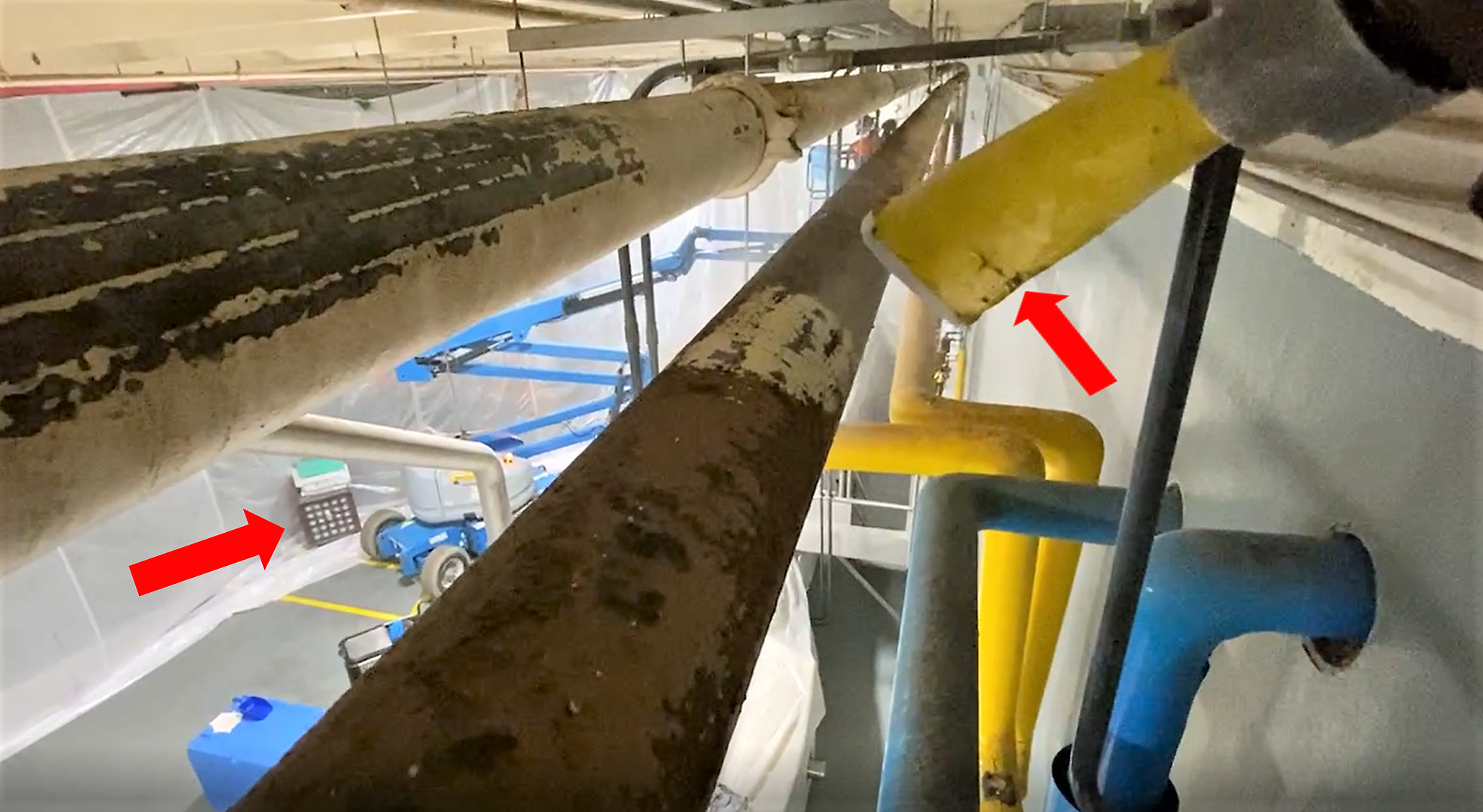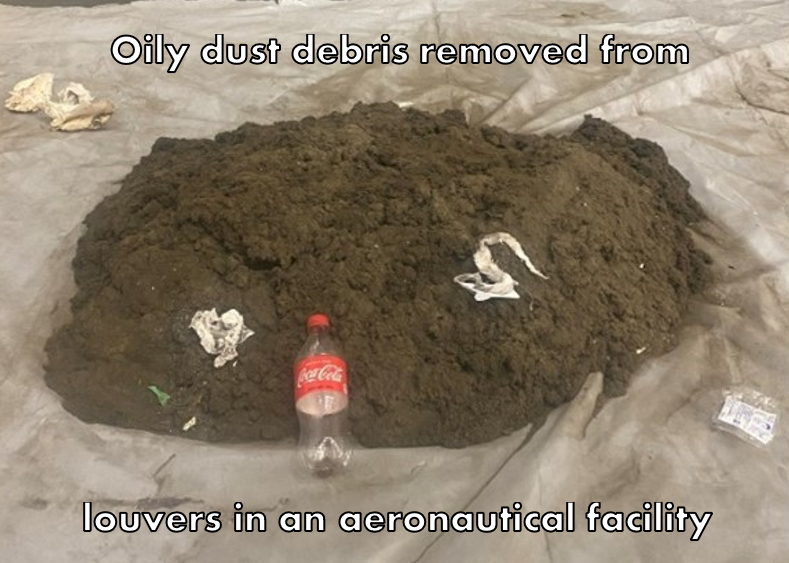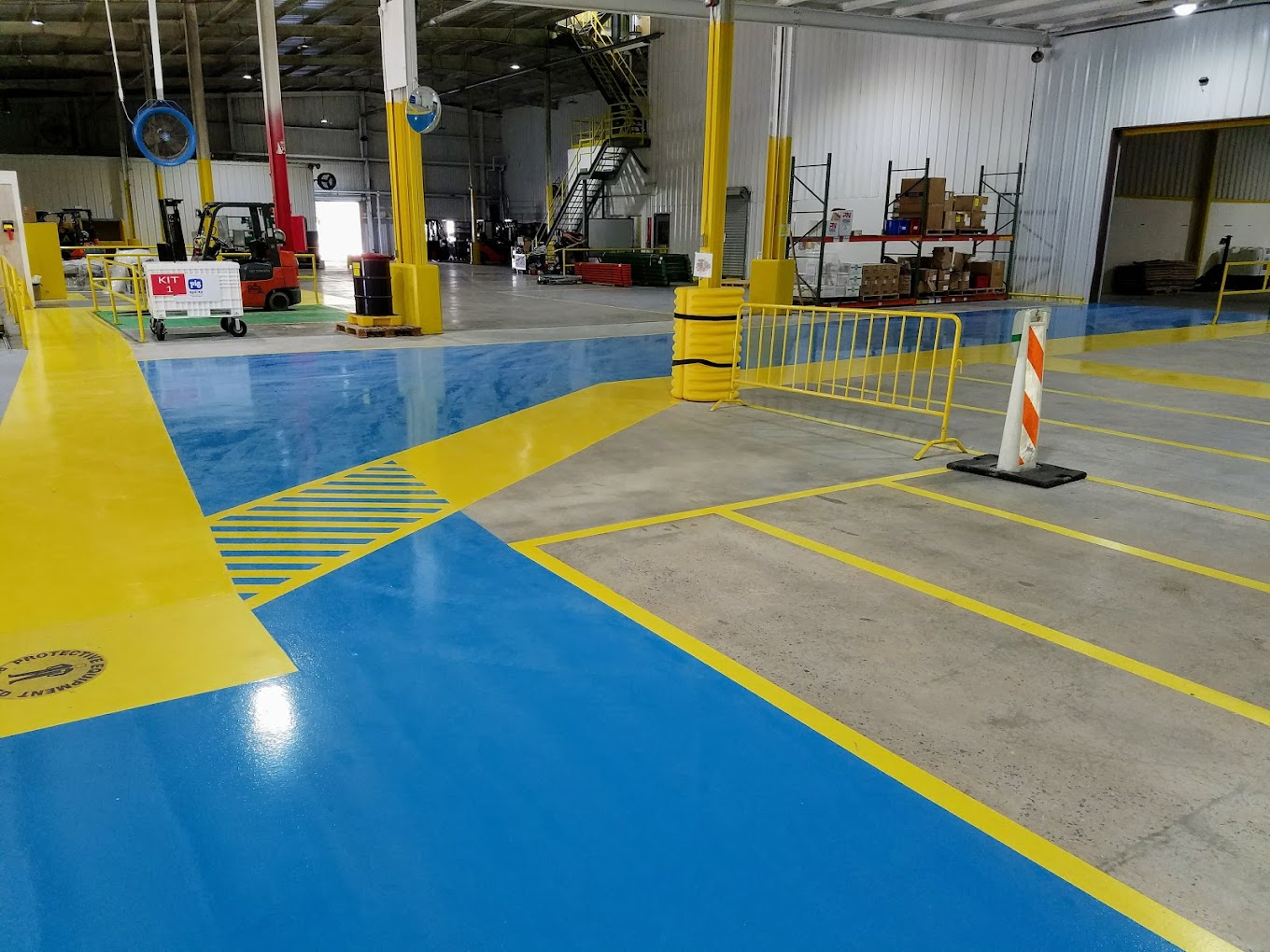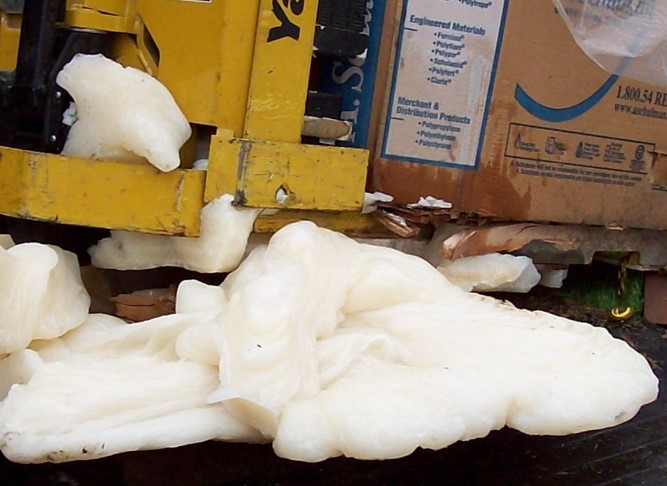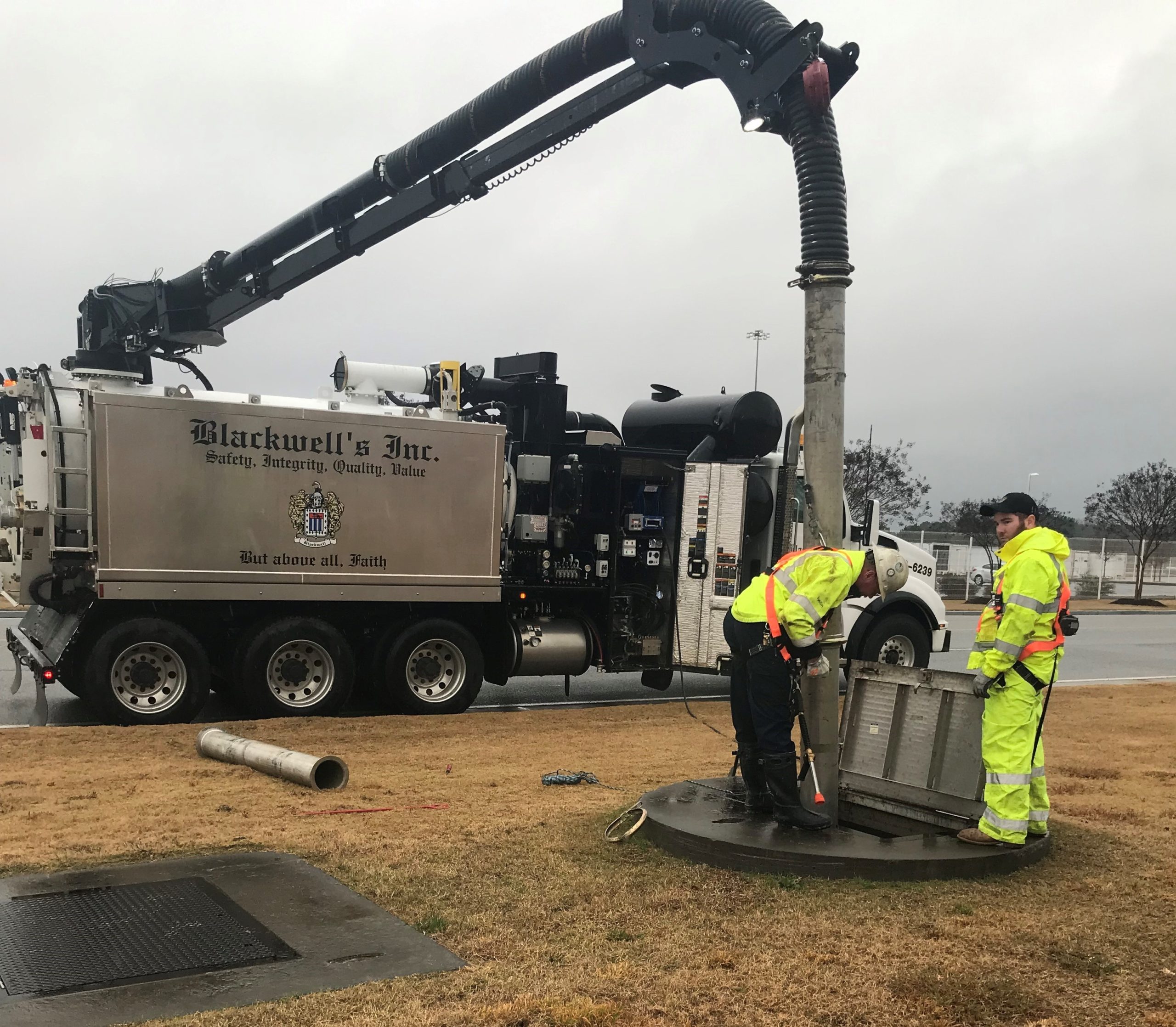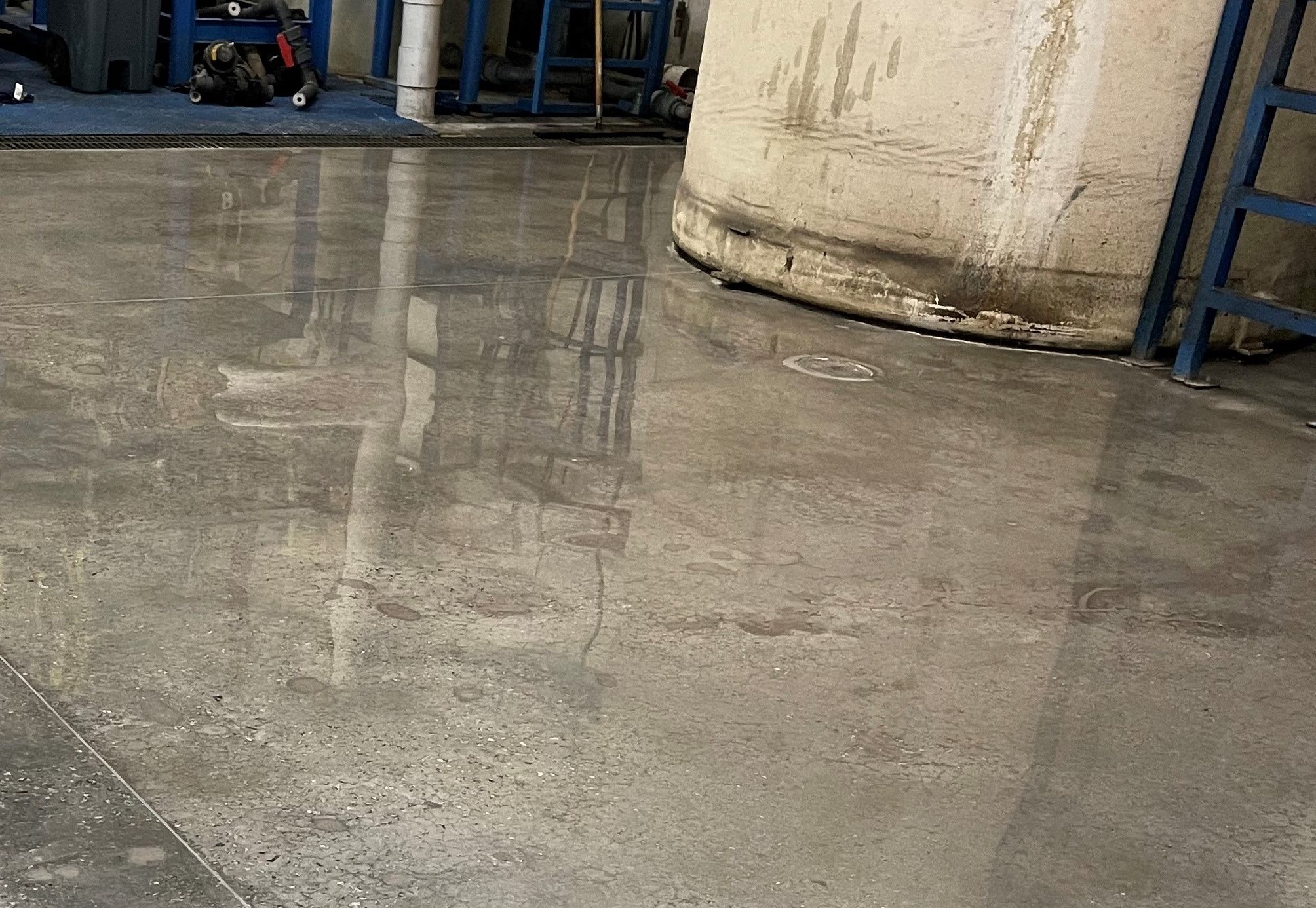The answer is a stretch of the imagination, but here goes.
Concrete is a mix of cement, sand, aggregate, and . . . water. As freshly poured concrete dries, it gives off moisture vapor emissions into the drier air around the concrete until a relatively stable balance is maintained between the concrete and the air.
In a similar way, the cruise control on a car, once it is set by the driver, attempts to maintain the speed the driver sets. As the car begins an uphill climb, the speed of the car begins to slow. This triggers the cruise control for more fuel and a change in gears to maintain the speed that the driver set.
Homeostatic principles maintain balance
So, what’s common between the two? Both are influenced by homeostatic principles. Homeostasis just means that things are regulated so they stay constant and stable.
Moisture vapor transmissions
OK, so we see how homeostatic principles might explain cruise control but what about the concrete?
Concrete is a porous material and can behave like a dense sponge. It not only absorbs water from the surface, but it can absorb water from the ground. Moisture in or below a concrete slab allows the concrete to move moisture through the concrete in a process called moisture vapor transmission (which is somewhat different than moisture vapor emission).
As long as the air above the concrete surface is drier than the concrete itself, the moisture in the concrete continues to move to the surface to replace the evaporated water. That’s the homeostatic balance between the air and the concrete.
Floor Coating failure
For a coated floor, moisture vapor transmission can cause floor coating adhesion problems and floor coating failure.
Respirable floor coatings
A respirable (or breathable) floor coating allows a concrete floor to move moisture through the concrete to the surface without affecting the coating. Moisture vapor transmission problems after concrete is poured requires a respirable (breathable) epoxy floor coating that allows the concrete to breathe and allows the moisture to move to the surface without affecting the adhesion of the coating.
Excessive moisture transmission from the ground, without the right concrete floor coating that allows moisture to reach the surface of the coating, can cause problems.
It’s just homeostasis at work.
